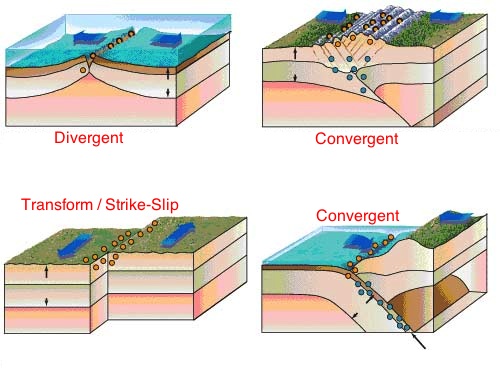Motion - Scalars and Vectors | 12/3/18-12/7/18
 |
| Cube by DynaBlast |
Motion can be described in two different types of quantities, scalar and vector quantities. Scalar quantities are quantities that only have a magnitude or size. Vector quantities are quantities that have both a magnitude and an associate direction (also known as a magnitude direction). One example of the difference between scalar and vector quantities are distance and displacement. Distance, a scalar quantity describes the amount an object has traveled. Displacement however, is a vector quantity and it expresses the distance between the origin and destination of an object in the shortest interval or distance possible. Displacement also describes the direction of a straight line from the origin to the destination. An example of distance is that the person ran half a lap around circular track that is 400 meters, meaning that they ran 200 meters. An example of displacement would be that the distance from one end of the circular 400 meter track to the other is equal to the diameter of the circle, which is less than 200 meters (the distance). Meaning that the displacement is just about equal to 127 meters East (the direction of the origin to the destination).
S&EP 2-Developing and Using Models:
I developed and used a model this week in science when creating a foldable that helps build understanding of scalar and vector quantities. The foldable consisted of the definitions of scalar and vector quantities, examples of scalar and vector quantities, and lastly, an illustration of one of the examples of scalar and vector quantities. Some examples of scalar quantities are distance, mass, volume, length, temperature, and speed. Some examples of vector quantities are displacement, velocity, acceleration, force, weight, friction, and momentum. The illustration that I created for scalar quantities was a picture of a cube with measurements and its volume listed below. The illustration that I created for vector quantities was a picture of the example given above about distance and displacement (except in this case I only described the displacement part) with a circular track. Although, in my illustration I used different measurements so the displacement was not 127 meters.
XCC-Energy and Matter:
The system that I identified this week in science that relates to energy and matter is the system of motion. Energy and matter are related to motion due to how motion would not even exist without energy and matter. Energy is required due to how objects are put in motion with some type of energy being used. As for matter, well matter is what makes up objects. Also, without objects, there would be no need for motion because their would be nothing that could be moved. This is how energy and matter are related to the system of motion.

Comments
Post a Comment